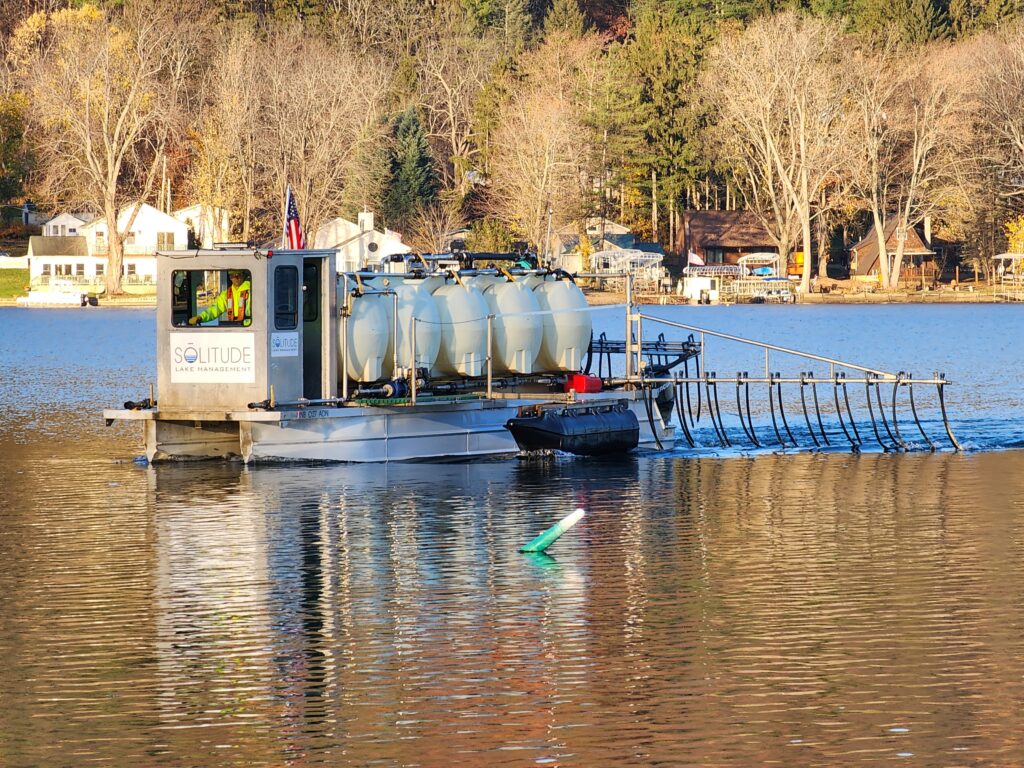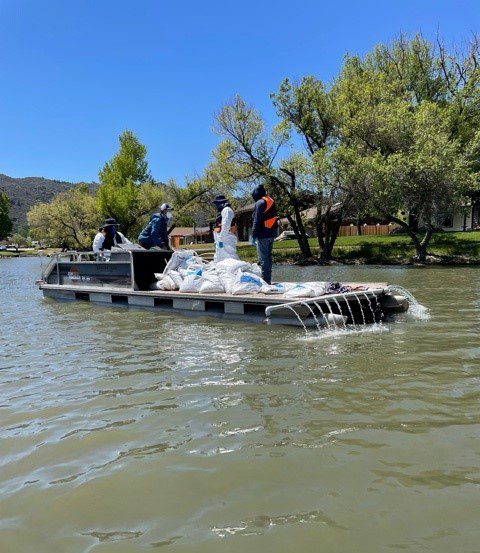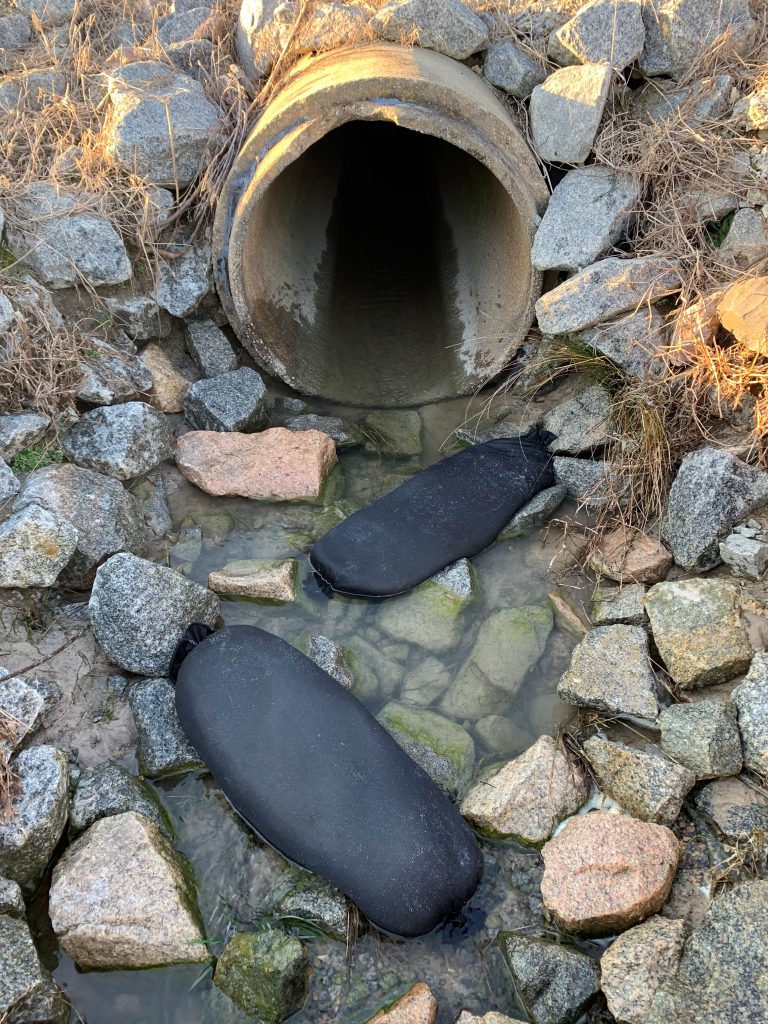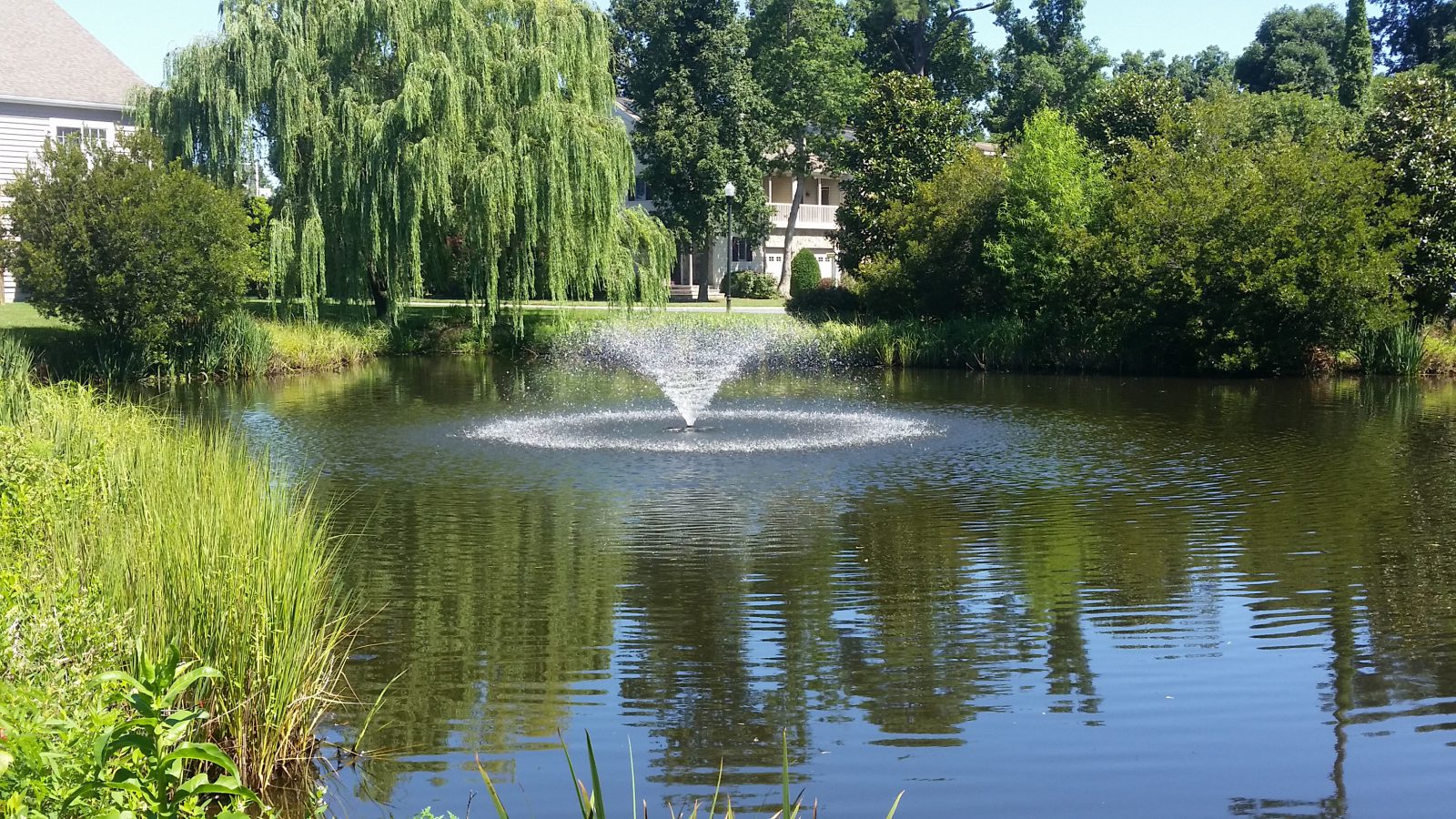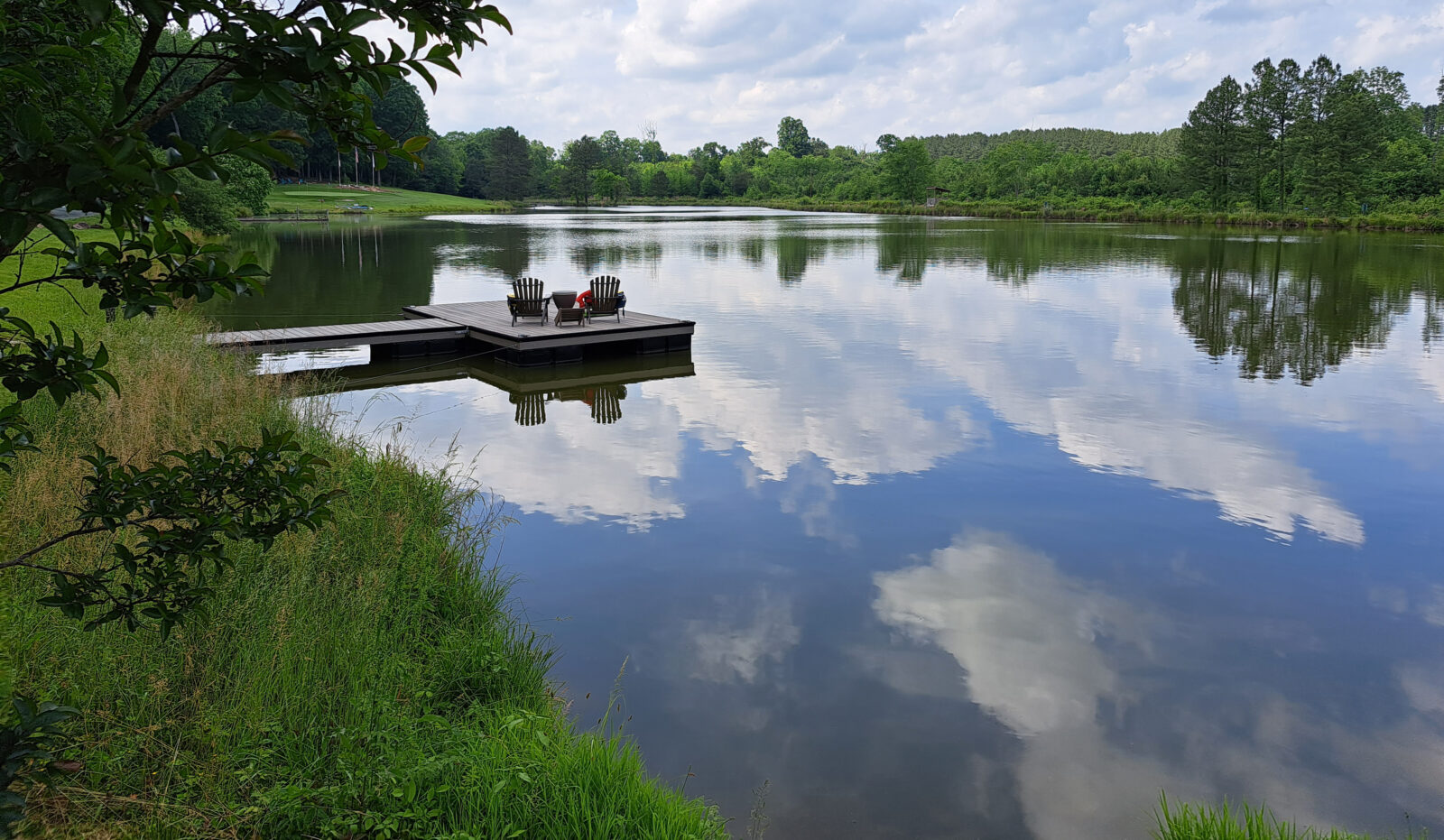
3 Solutions for Managing Excess Lake and Pond Nutrients
Spending a day on a picturesque lake or pond is a classic summer pastime. Whether it’s fishing, boating, golfing, or simply enjoying the beautiful view, these activities provide a relaxing escape from daily stressors and responsibilities. Aquatic plants and algae are a natural part of life in the water, providing food and shelter for native wildlife; however, in excess, they can spoil fun experiences, as well as the functionality of irrigation and stormwater equipment, by creating scum and thick mats on and under the surface. That’s why it’s crucial to strike a healthy balance between maintaining a robust aquatic environment and preserving aesthetic beauty for a perfect backdrop to make memories.
The Impact of Nutrients On Waterbodies
Nutrients like nitrogen and phosphorus are necessary for photosynthesis and the growth of plants and algae. Natural checks and balances help moderate this growth, but human influence can accelerate eutrophication through pollution, poor landscaping practices, and urban development. Eutrophication is a process of nutrient enrichment. The accumulation of nutrients over time sets off a chain reaction of plant overgrowth, die-off, and decomposition. Additional nutrients are released as organic materials decompose, further accelerating the cycle.
One of the key strategies to limit and even reverse the impact of elevated nutrients in lakes and ponds is nutrient remediation.
Aquatic specialists rely on three eco-friendly products to mitigate excess phosphorus and nitrogen – each of which works differently for different types of waterbodies.
1. Alum
For highly turbid waterbodies and lakes larger than 10 acres, professionals recommend applying aluminum sulfate (alum). Similar to Phoslock, when introduced to the water, alum forms a cloudy floc that binds with nutrients in the water column. Shortly after, the floc sinks, creating a snow-like layer over the lake bottom. Alum is often used in drinking water reservoirs to rapidly improve water quality and is also considered a highly safe food additive.
2. Phoslock
Phoslock is a lanthanum-modified bentonite clay typically used to restore water quality and is most effective in smaller lakes and ponds. Phoslock works by rapidly binding with free reactive phosphorus suspended in the water column, converting it to a form that cannot sustain plants and algae. It is also effective at inactivating phosphorus in the bottom sediments.
3. EutroSORB
Nutrient remediation has historically been more challenging in waterbodies with significant movement, such as stormwater ponds, streams, and canals, but new technologies like EutroSORB have made it possible to physically remove excess nutrients from the water column without changing water chemistry or pH. EutroSORB, another effective nutrient remediation tool for smaller waterbodies, is essentially a filter that captures phosphorus from flowing water. Once full, it is removed from the waterbody and disposed of. This product is also available in an aqueous form called EutroSORB WC, which can be applied via surface spray application, subsurface injections, or poured into areas with significant water mixing like pipes and intakes.
Maintain Healthy Water Quality with Proactive Solutions
These are well-studied, highly effective tools to restore water quality, but can be even more impactful when supported by other eco-friendly solutions like biological bacteria and aeration. Biological bacteria work similarly to probiotics to make the decomposition of organic matter and debris more efficient. Dissolved oxygen (DO) is an essential element in this process, and fountains, surface aerators, and submersed aerators help ensure DO is abundant. Aquatic experts can track DO, nutrient levels, and many other parameters through consistent water quality testing. Over time, this information may reveal trends that help predict nuisance weeds and algal blooms, so preventative action can be taken before they emerge.
The accumulation of nutrients is normal and expected. However, prevention can go a long way in preserving the health of a waterbody. One of the biggest sources of nutrient loading is the shoreline. Eroded sediment is rich in nutrients and can fill in the waterbody over time, reducing the water holding capacity and increasing the risk of dangerous flooding. Deteriorating shorelines can be bioengineered for lasting stability, and planted with native vegetation to help contain sediment and filter nutrients from stormwater runoff. These projects may need to be preceded by mechanical hydro-raking or dredging to physically remove accumulated sediment and restore depth to the waterbo
Protect Your Assets with Annual Management
Through an Annual Management Program, property owners and managers can monitor nutrients and limit the growth of undesirable weeds and algae. With the support of an aquatic expert, stakeholders can also educate residents and community members about key ways to limit their environmental footprint. Disposing of trash, pet waste, and yard debris, avoiding garden fertilizers, and switching to biodegradable car washes and detergents can make a big difference in the health and appearance of nearby waterbodies.
Lakes and ponds are precious assets that add value to our communities in countless ways. Ultimately, consistent maintenance and attention are key to slowing the eutrophication process and preserving their longevity for decades to come.
SOLitude Lake Management is a nationwide environmental firm committed to providing sustainable solutions that improve water quality, enhance beauty and preserve natural resources.
SOLitude’s team of aquatic scientists specializes in the development and execution of customized lake, stormwater pond, wetland and fisheries management programs. Services include water quality testing and restoration, algae and aquatic weed control, installation and maintenance of fountains and aeration systems, shoreline erosion control, muck and sediment removal and invasive species management. SOLitude partners with homeowners associations, golf courses, private landowners, businesses and municipalities. SOLitude Lake Management is part of Rentokil, a leading business services company, operating across the United States, Canada and Puerto Rico.
For more information, visit SOLitude Lake Management at solitudelakemanagement.com, and connect on Facebook, LinkedIn and Twitter.









